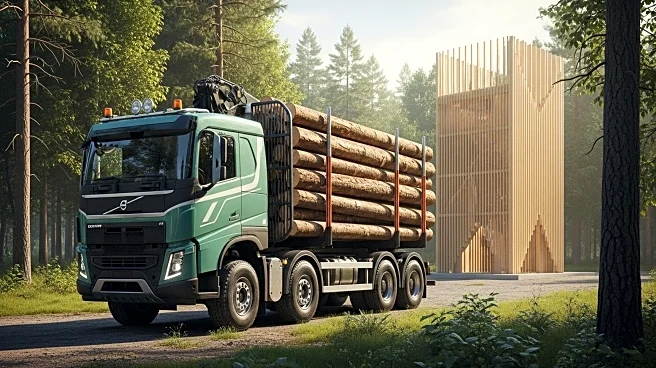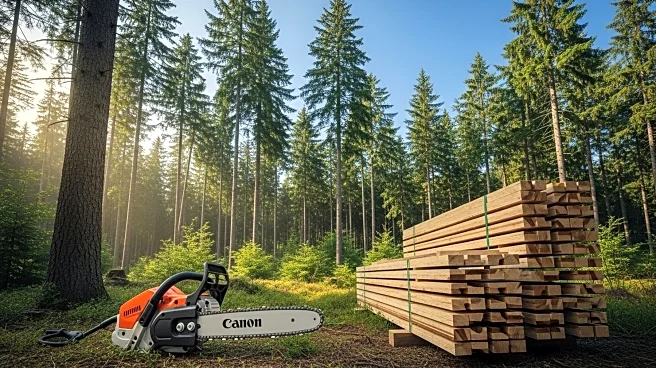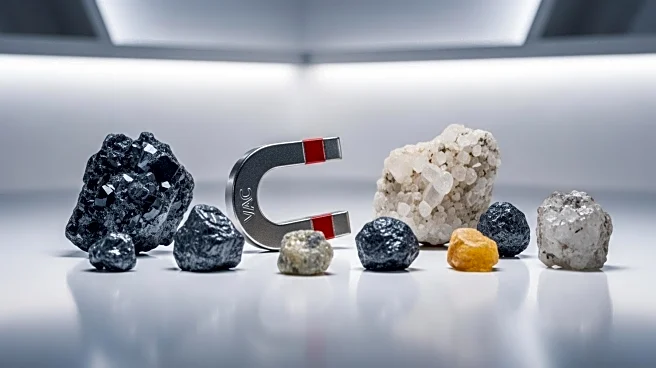What's Happening?
The transition to an all-electric forestry supply chain is being advocated to improve the carbon balance of cross-laminated timber (CLT). CLT is already considered net negative in terms of carbon emissions from cradle to gate, storing more carbon than it emits. However, emissions from diesel-powered machinery, natural gas kilns, and petrochemical adhesives in the supply chain reduce its net benefit. By adopting electric technologies and focused policies, these emissions can be minimized, making the forestry chain close to zero emissions and strengthening the climate case for mass timber.
Why It's Important?
The shift to an all-electric forestry supply chain is crucial for enhancing the environmental benefits of CLT, a sustainable building material. Reducing emissions in the supply chain can significantly widen the negative carbon balance of CLT, making it an even more attractive option for eco-friendly construction. This transition supports broader climate goals by reducing reliance on fossil fuels and promoting cleaner technologies. It also positions Canada as a leader in sustainable forestry practices, potentially boosting the country's economy and housing supply while addressing climate change.
What's Next?
Policy support will be essential to facilitate the transition to an all-electric forestry supply chain. Investments in electric logging trucks, biomass kilns, and bio-based adhesives are needed to achieve near-zero emissions. Government procurement can accelerate these changes by requiring low-carbon supply chains in publicly funded projects. The forestry sector will need to adapt to new technologies and practices, with workforce development playing a key role in training operators and technicians. The success of this transition will depend on collaboration between industry stakeholders, policymakers, and indigenous communities.











